For me, so far Phoenix ticks two of the boxes (speed/scalability, and soon, making front end easier thanks to LiveView) and the only other thing that would make me even more ecstatic is… doing something similar for Mobile! Imagine if we could create native mobile apps (even if just via their web view - like some of the current Mobile frameworks) as easily as what LiveView is going to enable us to do for web apps? How cool would that be? ![]()
Wonder if we all chip in and buy Chris a pack of these each it might actually happen? ![]()



















